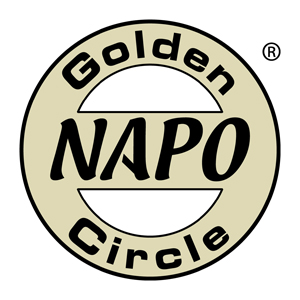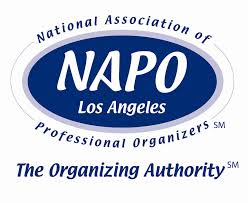The Mass-Media Madhouse
(Press-Central For Handy Soundbites, Useful Info,
And A Good Wet-Your-Pants Laugh)
Home / The Mass-Media Madhouse
(Press-Central For Handy Soundbites, Useful Info,
And A Good Wet-Your-Pants Laugh) / Smead Organomics / As Published In Smead Organomics --
Is The Paperless Office A Reality?
As Published In Smead Organomics —
Is The Paperless Office A Reality?

Anyone who talks about the paperless office becoming a reality any time soon may want to think again! No matter how much you reduce your pulp consumption, computers will never completely eliminate the need for hard copies of certain documents. And the gigantic irony is that paper usage hasn’t decreased as electronic data takes over — it’s more than doubled in the last 20 years! Technology may have changed the way we interact with our paper — but its misuse has actually increased the amount of clutter on desks and in files. However, it doesn’t have to be that way, if you follow a few simple organizing rules.
Consolidate And Coordinate
A lot of the battle between electronic and paper comes down to “label confusion” — you named it something different on your hard drive than in your hanging file, and now you can’t find what you’re looking for. The key to resolving this conflict is consistency. Make sure that your electronic system mirrors the one in your filing cabinet — whatever you called a folder in one place should be what you call a folder in the other. If the paper copy is named “utilities,” don’t label it “monthly bills” on your computer — or you’ll just get frustrated later on.
Another solution would be to choose one format for each category of information you maintain — then store everything related to that topic together in one place. So if you like to keep bank statements on your computer, do it consistently for every single account (which means either signing up for e-billing or scanning in the hard copy statement when it arrives). If you prefer to organize utility records in your file drawer, that’s a good reason to request a paper bill. Just find something that works for you and be consistent — storing half electronically and half in paper format increases the amount of time spent searching for a document.
Think Twice Before You Print
It’s almost a Pavlovian response — you create a document or receive an e-mail, and the knee-jerk reaction is to hit the “print” button! So instead of helping you reduce the paper in your life, that high-tech box on your desk is actually doubling the stacks and piles. The next time you feel the urge to print, stop and ask yourself why. Do you have a specific reason for needing a hard copy of that item, or can you refer back to it just as easily in electronic format? “I might want to read it later” isn’t a good enough reason — you can do that by saving a copy on your hard drive. “I should share this with so-and-so” doesn’t cut it either — just send it as an e-mail attachment. Some people like to hand-write specific notes directly on the page. That’s fine — as long as you limit this practice to documents you really truly will mark up, and have a set home for active papers (like a project folder or wire rack with appropriately labeled files).
If you’re worried that you might forget to take care of an action item without a mound of paper littering your desk to remind you, your method of dealing with electronic to-dos may be at fault — keeping track of computerized follow-ups should be no different from handling paper ones. Set up a folder in your e-mail program for each action file category (“to read,” “to pay,” “to contact,” and the like). As requests come in requiring your attention, put that message into the appropriate folder — then set aside time on your weekly admin day to empty each in turn, the same way you would your paper to-do files. If you follow the same steps for processing e-mail as snail mail, there really is no need to print every document out.
Click here for reuse options!Copyright 2001 RamonaCreel.com
 PS: Wanna instantly rack up some serious virtual cred? I've made it easy for you to share this content with your social networking friends, e-mail it to your peeps, or republish it in your own blog (thereby showing off how smart you are) with these links.
PS: Wanna instantly rack up some serious virtual cred? I've made it easy for you to share this content with your social networking friends, e-mail it to your peeps, or republish it in your own blog (thereby showing off how smart you are) with these links.
(iCopyright widget here)
"I Have More To Say About This... No Surprise!"
If you would like to reprint this page, please contact me





